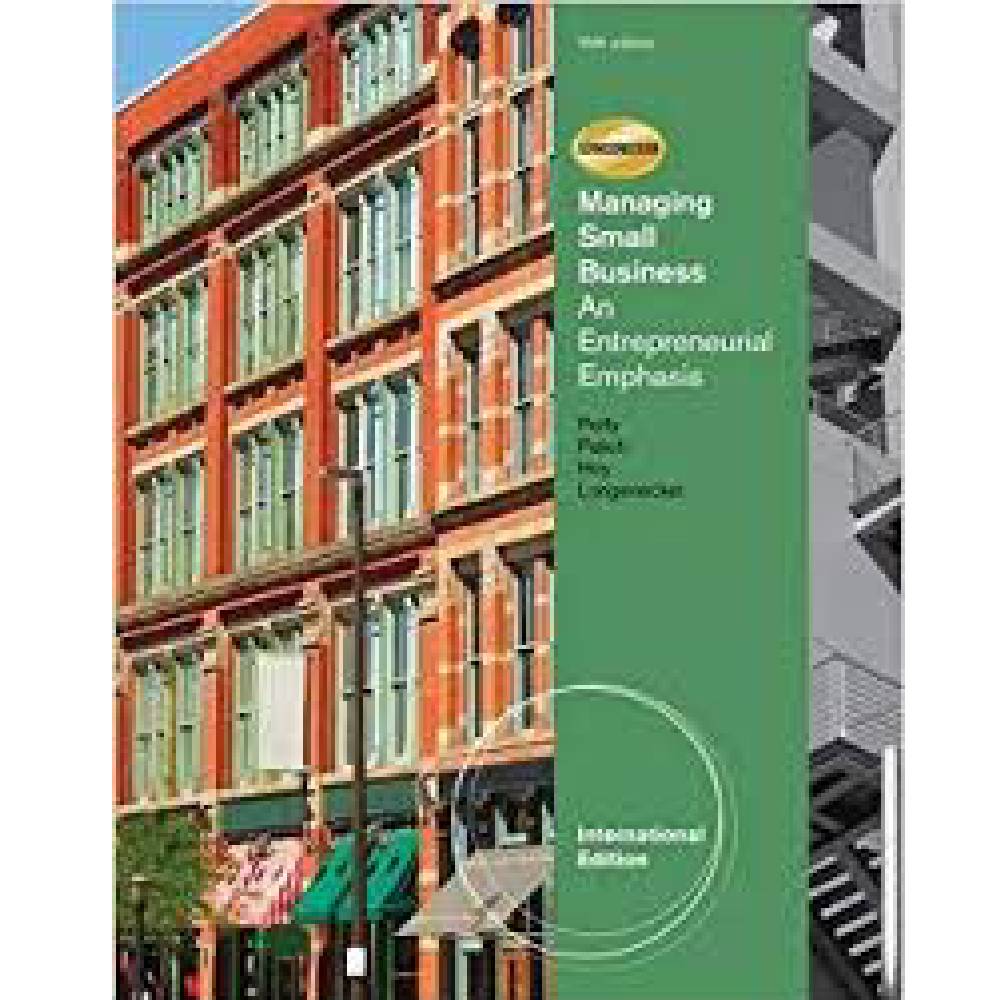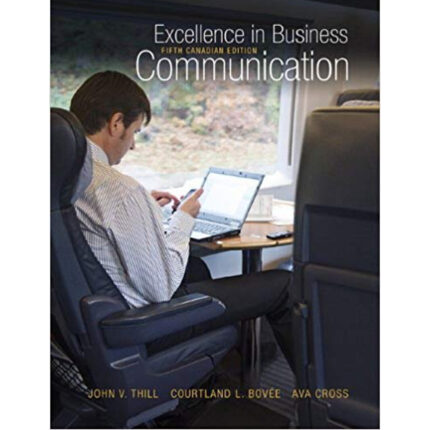Managing Small Business An Entrepreneurial Emphasis International Edition 16th Edition by J. William Petty – Test Bank
Chapter 11—Projecting Financial Requirements
TRUE/FALSE
1. The projection of profits, asset requirements, financing requirements and cash flows are essential in determining whether a venture is economically viable.
ANS: T PTS: 1 REF: p. 331 OBJ: 11-1 TYPE: C
NAT: Analytic | Finance
2. Financial forecasts are required by lenders since they will want to know how they will be paid back; however, investors will not require the forecasts because they are receiving equity for their investment.
ANS: F
Both lenders and investors want to know how they will be paid back.
PTS: 1 REF: p. 331 OBJ: 11-1 TYPE: C
NAT: Analytic | Finance
3. Pro forma financial statements are statements that have been prepared in the proper format by a CPA.
ANS: F
Pro forma financials are projected or anticipated financial outcomes.
PTS: 1 REF: p. 331 OBJ: 11-1 TYPE: D
NAT: Analytic | Finance
4. To project pro forma financial statements, speaking to others in the industry and checking on industry standards are good starting points.
ANS: T PTS: 1 REF: p. 332 OBJ: 11-1 TYPE: C
NAT: Analytic | Finance
5. The cost of goods sold can be either fixed or variable.
ANS: T PTS: 1 REF: p. 333 OBJ: 11-2 TYPE: D
NAT: Analytic | Finance
6. Profits reward an owner for investing in a company and constitute a primary source of financing for future growth.
ANS: T PTS: 1 REF: p. 332 OBJ: 11-2 TYPE: C
NAT: Analytic | Finance
7. To be realistic, an entrepreneur should project profits two years into the future.
ANS: F
Projecting profits for a new company should be at least three years to five years into the future if it can be done with some confidence.
PTS: 1 REF: p. 336 OBJ: 11-2 TYPE: C
NAT: Analytic | Finance
8. An entrepreneur should always project at least two scenarios for financial forecasting and budgeting: an aggressive forecast for sales increases and a worst-case scenario.
ANS: F
Beside these two projections, a third scenario should be done that is between the two extremes.
PTS: 1 REF: p. 336 OBJ: 11-2 TYPE: C
NAT: Analytic | Finance
9. Many small firms have a tendency to overestimate the amount of capital the business requires when beginning operations.
ANS: F
Typically new entrepreneurs underestimate capital requirements.
PTS: 1 REF: p. 336 OBJ: 11-3 TYPE: C
NAT: Analytic | Finance
10. The term net working capital equals current assets less current liabilities and is a measure of a company’s liquidity.
ANS: T PTS: 1 REF: p. 336 OBJ: 11-3 TYPE: D
NAT: Analytic | Finance
11. High-tech businesses (such as computer manufacturers) generally require less assets than service businesses.
ANS: F
These businesses typically require more assets.
PTS: 1 REF: p. 336 OBJ: 11-3 TYPE: C
NAT: Analytic | Finance













Reviews
There are no reviews yet.